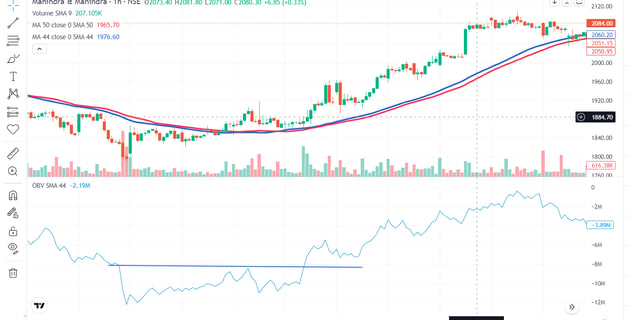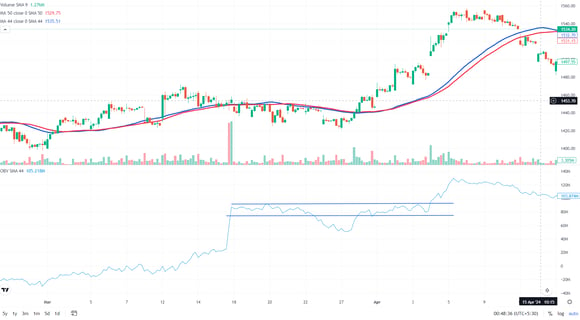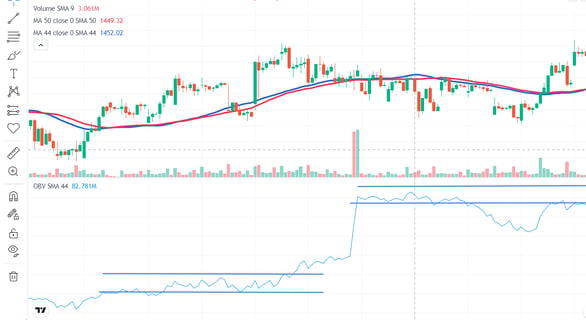Beginner Swing Trading Strategies Simplified
Discover beginner-friendly swing trading strategies using OBV (On-Balance Volume) and moving averages (44 and 50). Learn how to navigate the thrilling yet challenging world of trading with clear, actionable insights.
EXPERT GUIDE
12/17/20242 min read


Many people want to do swing trading but sometimes get confused about what strategy to adopt or whether they should even think about it or not.
Swing trading requires different levels of perfection and everything takes time so if you are coming with the mindset that from the very start, you will start making good money then it is not for you it requires continuous efforts and I will share with you a simple and easy strategy that you can adopt and it will work in the best way when you will gain mastery over it.
In swing trading, we have to stick to our system and properly define the risk that we may be taking even before entering the stock which helps us control losses and maximize our chances of profit.
I want to give you a fair bit of warning in the starting only if you are new to swing trading be careful and don’t invest a lot of money in starting. Focus on learning and then earning money.
In this, we will be using OBV ( on balance volume) and moving averages 44 and 50
OBV's role is to tell the volume that is in the trade
The moving average is used for the entry and exit of the stock


As we can see in this image we have plotted a simple moving average of 44 and 50 and below is OBV.
In this, we will enter the stock only when both the indicator gives us the confirmation.
In moving average when two green cadels were formed and in OBV when volume gave a breakout
Only entering the stock when both these conditions are being fulfilled then it increases the chances of you making the right entry and if we had entered then we would have made a good profit.


In this situation as well we can see that stock was in consolidation and when volume gave a breakout as well as candels were formed near the moving average line then we made entry and then you can see we would have made a good profit.


There may be chances when even if both things are fulfilled the stock may not rise so we always have to use stoploss in every trade that we are doing to prevent heavy losses and also make a timely exit if it is not making any impact.
Stoploss
We have to place stop loss below the moving average line We can make a trailing stop loss to retain our profits
We would not be doing upward and downward averaging I have told in my previous blog as this strategy is for the short term and for a little longer term we do averaging.
Exit
We will exit the stock when volume starts to fall and the candle starts to go down
Thank you
Prabhav Maheshwari
EASE INVESTOR
© 2024. All rights reserved.
EASE INVESTOR
